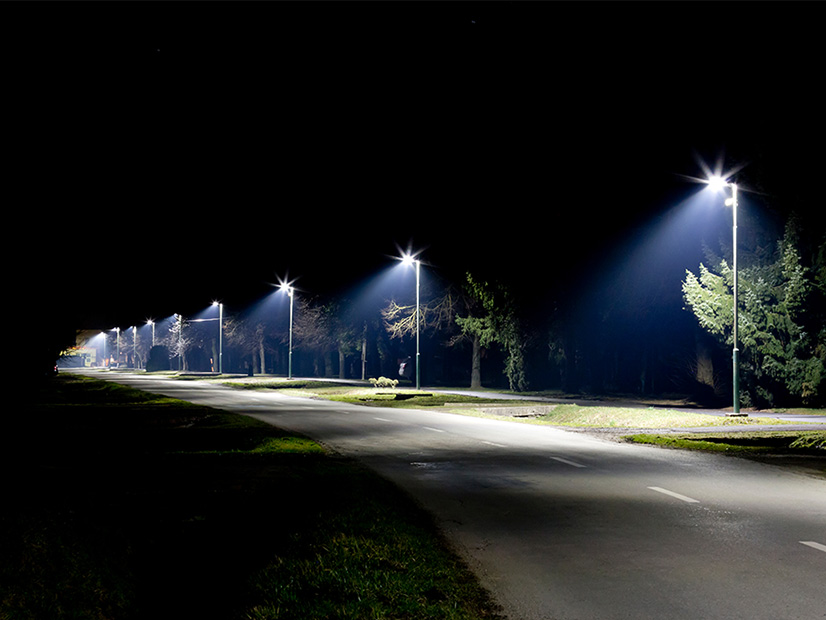The City of Medford, just north of Boston, is saving about $250,000 per year on its electricity costs after converting to LED streetlights in 2018.
The upgrade cut Medford’s annual electricity bill in half, Alicia Hunt, director of energy and the environment for the city, told NetZero Insider. The city’s 4,500 new LED streetlights use 60% less electricity than conventional technologies, reducing the amount of energy the city draws from the grid.
Streetlights in Medford have been installed at different times over the years, so some of the bulbs were older and it was harder to see at night in those areas, Hunt said. The LED lights provide “better light quality and more consistency across the city,” she said.
Medford adopted a net-zero by 2050 mandate along with the state of Massachusetts, and “the less electricity we need, the easier it will be to reduce emissions later,” Hunt said. The conversion to LED lights also reduced the city’s emissions from municipal facilities by about 5%.
Brighter light from the new LED fixtures is offset by shields that direct light downward, reducing the spread of the light and its likelihood of disorienting migrating birds.
The fixtures Hunt chose to install in the city are a warmer color at 3000 Kelvin (K) compared to standard LED streetlights, which fall at 4000K. The LED lights also have a dimming tool that allows the municipality to control the brightness; timers automatically turn off the lights in parks at night when they are closed.
The 3000K LEDs are recommended by the International Dark-Sky Association and the American Medical Association to protect animals and humans from disruption of the light and dark cycle of day and night. Scientific evidence suggests that artificial light disrupting this cycle harms ecosystems and increases depression in humans.
Medford dims its lights across the city, which uses 30% less electricity.
“You can’t even tell they are dimmed,” Hunt said. “It’s the right thing to do.”
The total cost of the conversion was $1.93 million, with Medford paying for half of the upgrade. A grant from the Massachusetts Department of Energy Resources (DOER) covered $238,000, and utility National Grid paid the remaining $727,000.
Medford was one of 77 cities and towns in Massachusetts to receive a grant to convert its streetlights to LED fixtures through the state’s streetlight conversion program, according to DOER. Gov. Charlie Baker’s office estimates that the program’s conversion of more than 116,000 streetlights will eliminate more than 10,000 metric tons of GHG emissions annually.
The state launched the program in 2017 with $11.4 million in grant funding opportunities, and the governor’s office said in April that it awarded $5.5 million through 2020.


